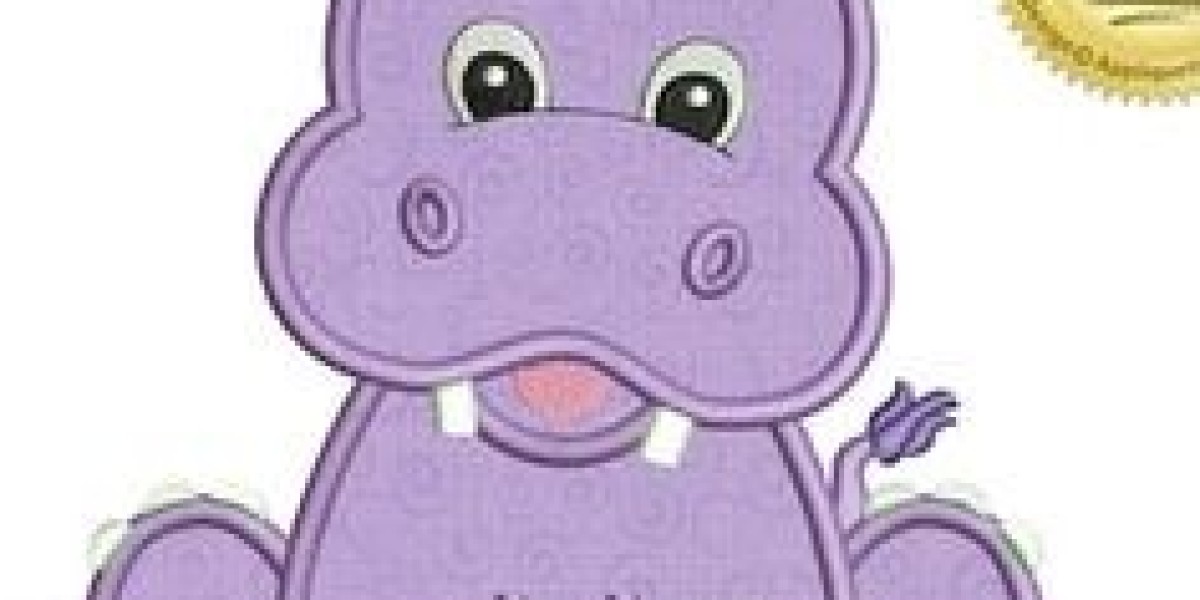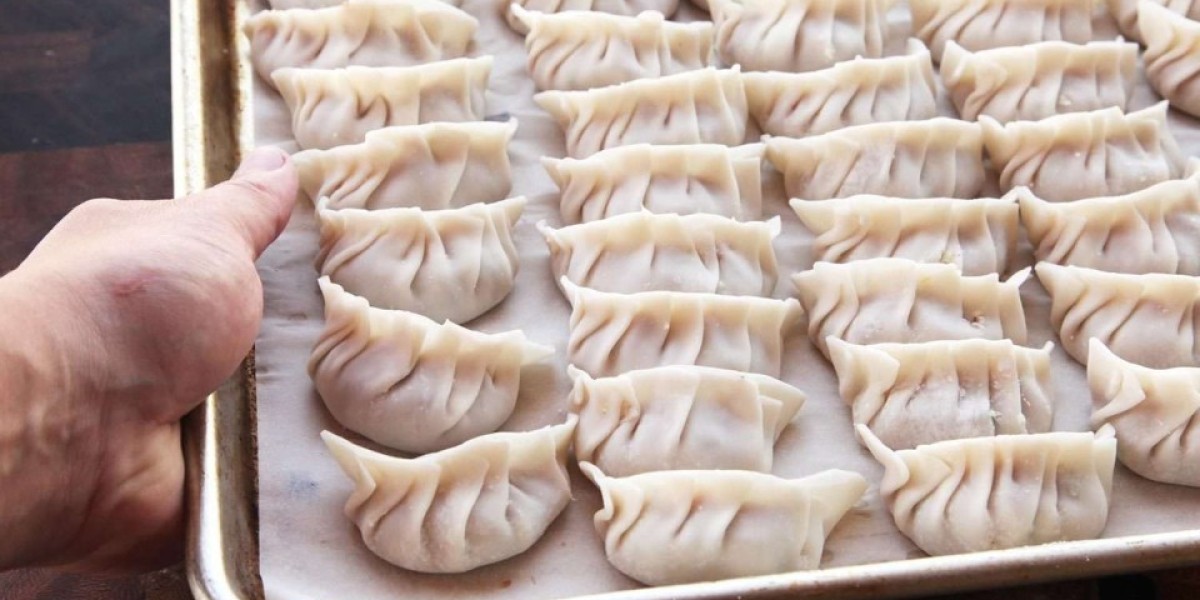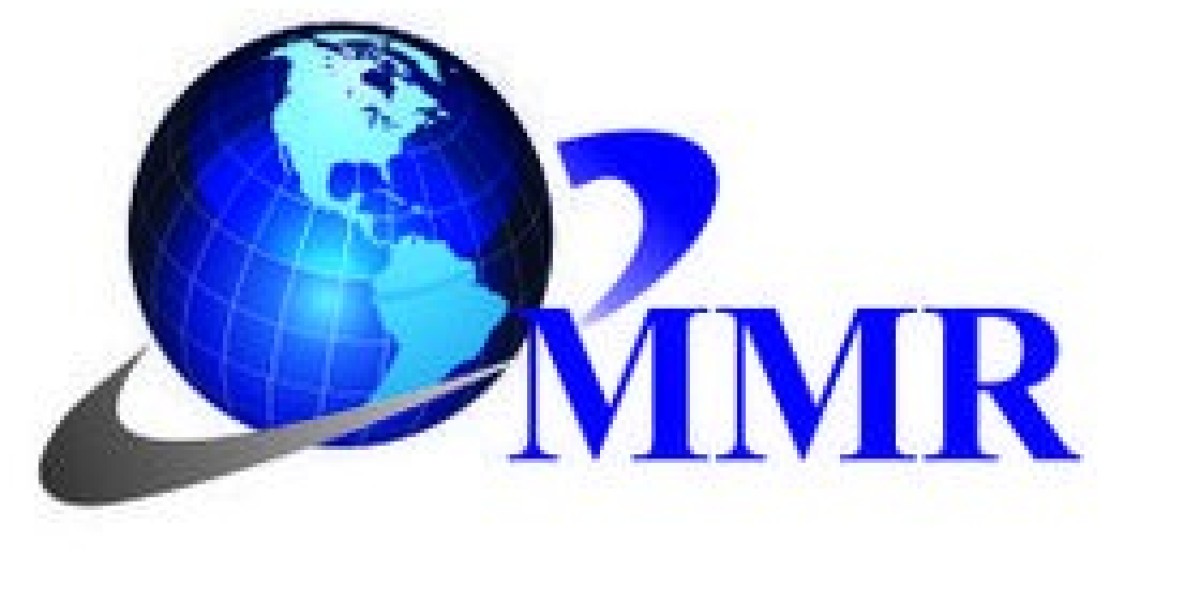Embroidery machines come in various types and models, each with its own set of capabilities and limitations. Whether you're a hobbyist or a professional embroiderer, adapting your designs to different embroidery machines is essential to ensure optimal results. In this article, we'll explore the steps you can take to adapt your designs for different embroidery machines, maximizing their potential and minimizing any potential challenges.
Understanding Embroidery Machines
Before delving into the adaptation process, it's essential to understand the different types of embroidery machines available:
- Single-Needle Machines: These machines are ideal for small-scale embroidery projects and are commonly used by hobbyists and home embroiderers.
- Multi-Needle Machines: These machines feature multiple needles, allowing for faster embroidery and the use of multiple thread colors simultaneously. They are commonly used in commercial settings.
- Industrial Machines: Industrial embroidery machines are designed for high-volume production and can handle larger and more complex designs. They offer advanced features and capabilities for professional embroiderers.
Adapting Your Designs for Different Machines
1. Consider Machine Specifications
Each embroidery machine has its own specifications, including maximum stitch count, hoop size, and thread compatibility. Before adapting your design, familiarize yourself with the specifications of the machine you'll be using. This will help ensure that your design is compatible with the machine's capabilities.
2. Simplify Complex Designs
Some embroidery machines may struggle to replicate intricate or densely stitched designs. To adapt your design for these machines, simplify complex elements and reduce the overall stitch count. This will help prevent errors and ensure smoother stitching.
3. Optimize Thread Colors
Different machines may have varying thread color capabilities. Before stitching your design, ensure that the machine you're using can accommodate the thread colors specified in your design. If necessary, adjust the color palette to match the machine's capabilities.
4. Resize Designs as Needed
If you're working with machines of different hoop sizes, you may need to resize your design accordingly. Use embroidery software to resize the design while maintaining the aspect ratio to prevent distortion. Be mindful of the machine's maximum embroidery area to avoid stitching outside of the hoop.
5. Test Stitching
Before embroidering your design on the final fabric, perform test stitching on a scrap piece of fabric using the intended machine. This will allow you to identify any issues or adjustments that need to be made before stitching on the actual garment or project.
Tips for Adapting Designs for Specific Machines
1. Single-Needle Machines
- Keep designs simple and avoid overly dense stitching.
- Use fewer thread colors to minimize thread changes.
- Opt for smaller hoop sizes to fit the machine's limitations.
2. Multi-Needle Machines
- Take advantage of the machine's color-changing capabilities to incorporate more colors into your design.
- Experiment with larger hoop sizes to accommodate more significant designs.
- Utilize the machine's speed and efficiency for faster production.
3. Industrial Machines
- Capitalize on the machine's high-speed stitching capabilities for large-scale production.
- Optimize designs for maximum efficiency and minimal thread breaks.
- Consider outsourcing complex designs to professional digitizing embroidery service for optimal results.
Benefits of Adapting Designs for Different Machines
- Improved Compatibility: Adapting your designs ensures compatibility with the specific capabilities of each machine, reducing the risk of errors and inconsistencies.
- Enhanced Efficiency: By optimizing designs for different machines, you can maximize production efficiency and minimize downtime.
- Greater Versatility: Adaptable designs allow you to work with a variety of machines, expanding your capabilities and catering to different project requirements.
FAQs (Frequently Asked Questions)
Why is it essential to adapt designs for different embroidery machines?
- Adapting designs ensures compatibility with the specific capabilities of each machine, maximizing efficiency and minimizing errors.
How can I simplify complex designs for embroidery machines?
- Simplify complex elements and reduce the overall stitch count to ensure smoother stitching and prevent errors.
What should I consider when resizing designs for different machines?
- Use embroidery software to resize designs while maintaining the aspect ratio and staying within the machine's maximum digitizing services for embroidery area.
Why is test stitching necessary before embroidering on the final fabric?
- Test stitching allows you to identify any issues or adjustments that need to be made before stitching on the actual garment or project, minimizing errors and waste.
What are the benefits of adapting designs for specific machines?
- Benefits include improved compatibility, enhanced efficiency, and greater versatility, allowing you to cater to different project requirements and maximize production capabilities.








